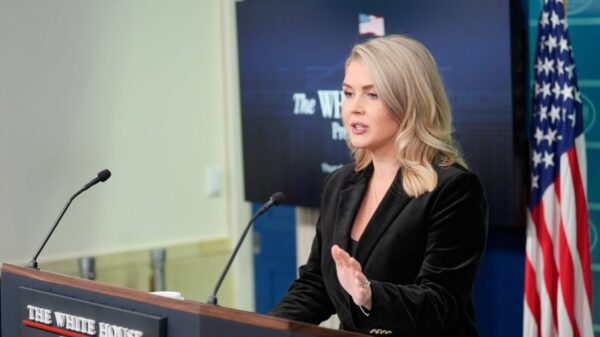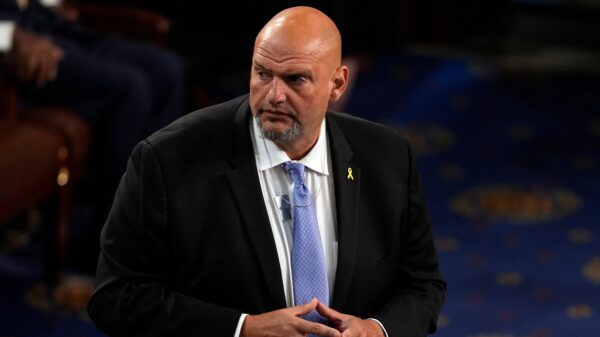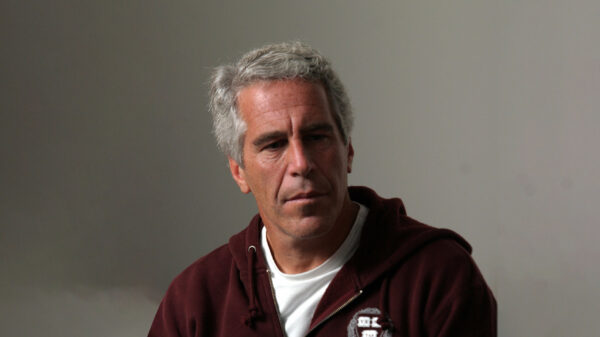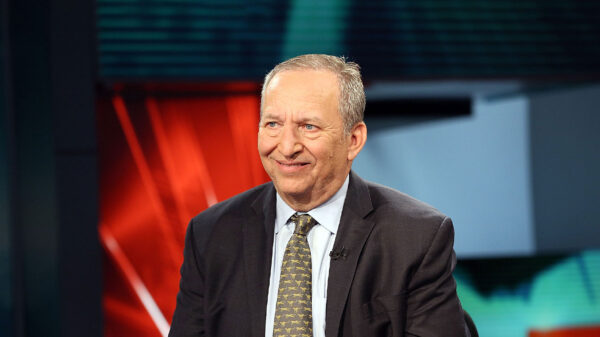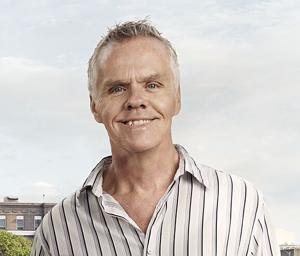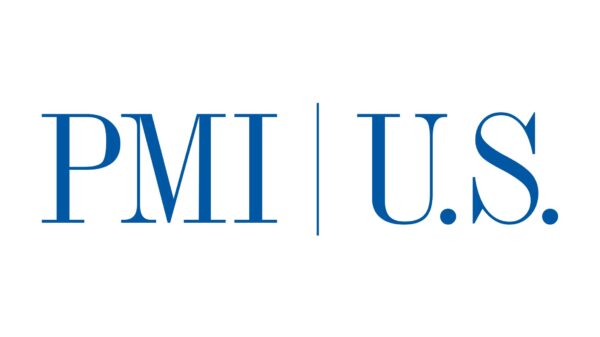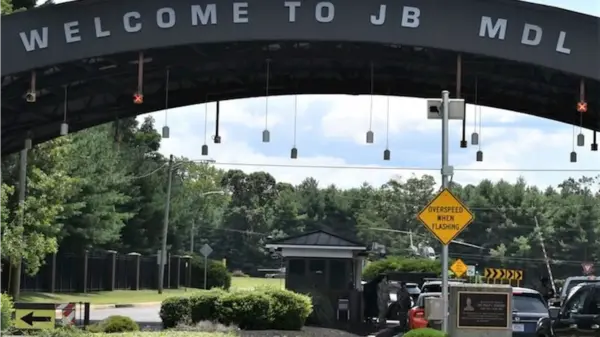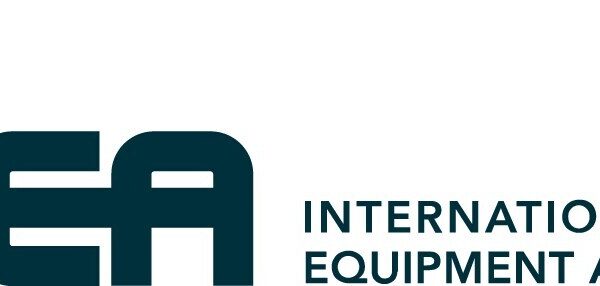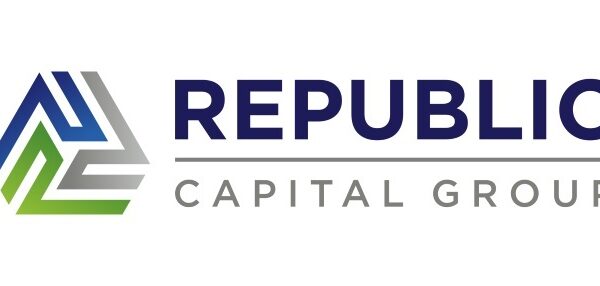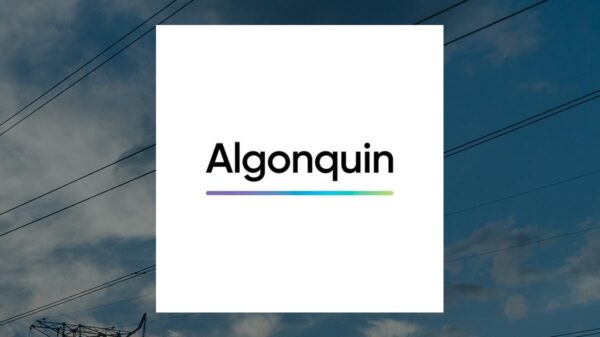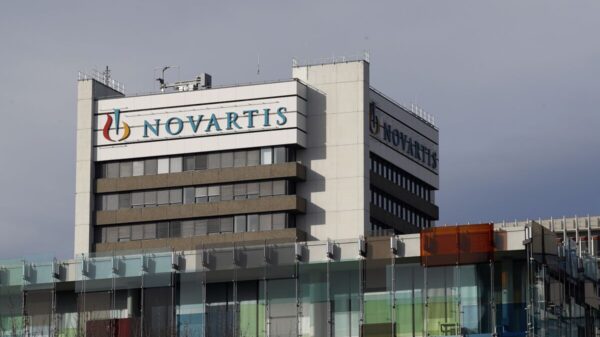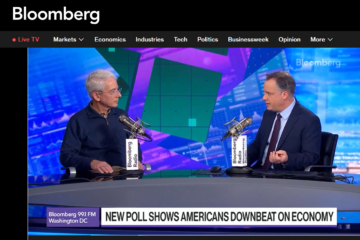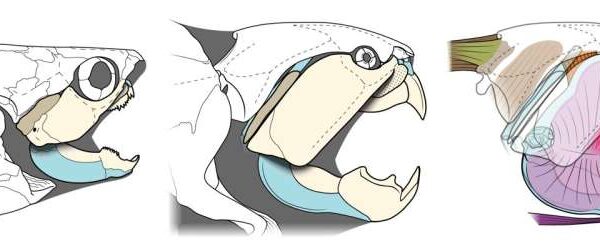As the COVID-19 pandemic unfolded, a significant divergence in economic confidence emerged between white-collar and blue-collar workers, according to Peter Atwater, an economist and adjunct professor at William & Mary. This observation led Atwater to predict a “K-shaped recovery” for the American economy, a term which has since gained traction among economists and media outlets globally.
Atwater identified that individuals able to work from home experienced a surge in confidence, while those employed in essential sectors—such as healthcare, retail, and manufacturing—faced worsening conditions. This disparity illustrates the two arms of the “K” in Atwater’s framework: one side represents the affluent, who benefit from rising financial markets and asset inflation, while the other leg signifies lower- and middle-income Americans who struggle under the weight of escalating costs for food, housing, and childcare.
Understanding the K-Shaped Economy
In recent commentary, Atwater emphasized the stark reality for lower-income Americans, describing their situation as a “sea of despair.” Many in this demographic perceive their circumstances deteriorating, exacerbated by inflation that has outpaced wage growth. “They’re later in their payments to their landlord, and they’ve experienced enormous food inflation. The cost of living for those at the bottom has added additional weight,” Atwater explained in an interview with Marketplace.
In various reports by reputable outlets such as Bloomberg, Fortune, and the Wall Street Journal, Atwater has discussed the implications of the K-shaped recovery, noting that those at the top of the economic ladder enjoy a feeling of control and certainty. Conversely, individuals at the lower end experience a sense of vulnerability and powerlessness across multiple aspects of their lives. “What we have today is a small group of individuals who feel intense certainty paired with relentless power and control—and on the other, it is a sea of despair,” he stated.
Atwater’s insights are detailed in his 2023 book, The Confidence Map: Charting a Path from Chaos to Clarity. He argues that the emotional aspects of economic conditions often overshadow the numerical data. “The economics are important,” Atwater noted. “But it’s how people now feel that matters most.” He warns that feelings of uncertainty and powerlessness can influence political and social choices, further entrenching divisions in society.
Future Implications and Solutions
Atwater expresses concern that those who have the capacity to help address the issues faced by lower-income Americans may not fully understand the fragility of the current economic environment. He hopes that the increased attention to the K-shaped economy will catalyze action aimed at creating a more balanced economic landscape. “To achieve a more balanced economy—and to boost confidence for those at the bottom—steps need to be taken to reinforce the base,” he stated.
Reflecting on the state of the economy, Atwater likened the situation to a “top-heavy Jenga tower,” suggesting that without intervention, the stability of the entire structure could be at risk. As discussions surrounding the K-shaped recovery continue, the need for comprehensive solutions to bridge the economic divide becomes increasingly urgent.
The implications of Atwater’s analysis extend beyond mere economic theory; they resonate deeply within communities grappling with the realities of financial instability. Addressing these challenges is essential not only for individual livelihoods but also for the overall health of the economy as it seeks a path toward recovery.




